If you’ve ever been in the market for a new lens, you know the struggle. There are just too many options to choose from. The choice of lenses depends on the intended purpose. Photographer Jay P. Morgan experiments with different focal lengths to give you an idea of which one suits your taste for portrait photography:
Lighting Setup & Camera Settings
For demonstration purposes, Morgan has a single light setup in place. He uses an Aputure Light Dome Mini II with a grid in order to create a hard light for a high contrast image. For a dark background, he uses a non-reflective black fabric. And to open up the shadows on the subject’s face, he has a reflector opposite the light source.
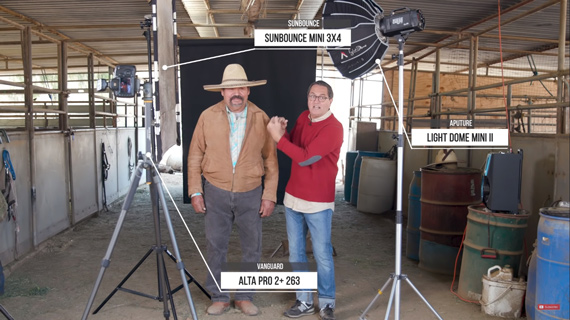
He has his camera set at 1/200 second, f/8, and ISO 200.
45-50mm
Lenses in this range are considered to have a normal focal length. These lenses allow the camera to see the way a human eye sees.
“It doesn’t flatten the figure out, and it doesn’t distort the figure. It just looks very normal to what we see with our eyes.”
Morgan uses a Tamrom 45mm f/1.8 lens to demonstrate how a portrait comes out in this focal length range.
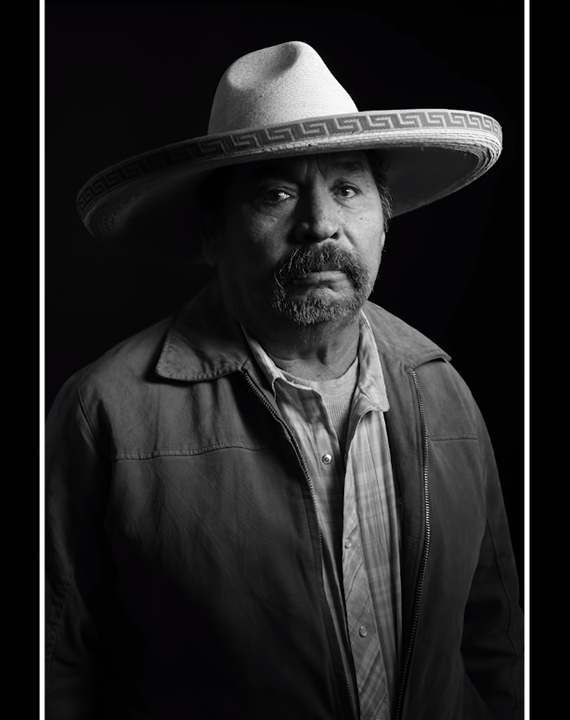
45mm
As expected, there’s no weird compression or flattening going around. It’s like something a human eye would see.
35mm
A 35mm focal length gives you a wider field of view, allowing you to add environmental context to your portraits. You can also get much closer to the subject for an intimate feel. However, keep in mind that getting close to the subject distorts their facial features. Here’s an image that Morgan took using his Tamron 35mm f/1.8 lens:
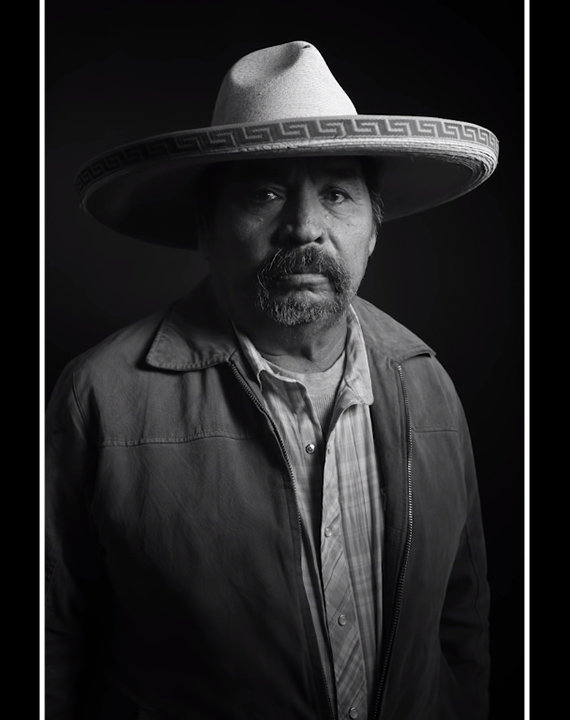
35mm
24mm
Going much wider, a 24mm focal length requires you to get really close to the subject. To give you an idea, here’s an image that Morgan took using a Tamron 24mm f/2.5 lens:
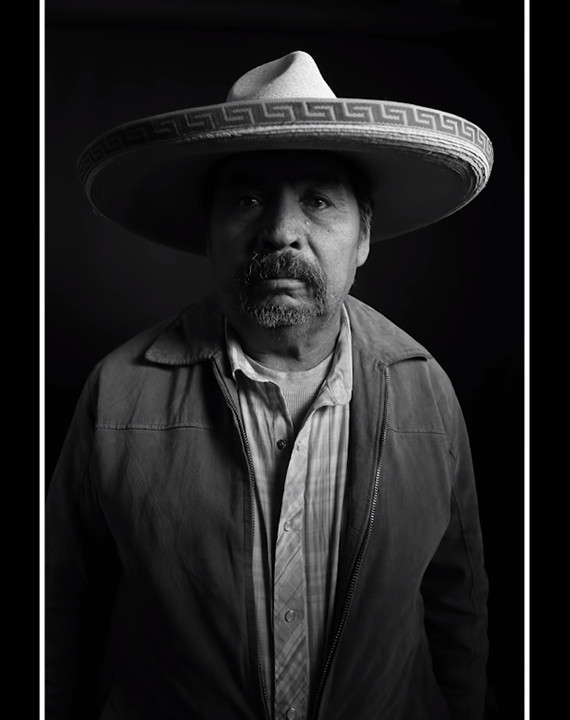
24mm
The face seems larger and the shoulders seem smaller as they move away from the camera.
85mm
Also known as the portrait lens, the 85mm lens has earned a reputation among portrait photographers. They are known for the nice background compression that they produce, and for making the subjects look flattering. Using his Tamron 85mm f/1.8 lens, here’s what Morgan was able to get:
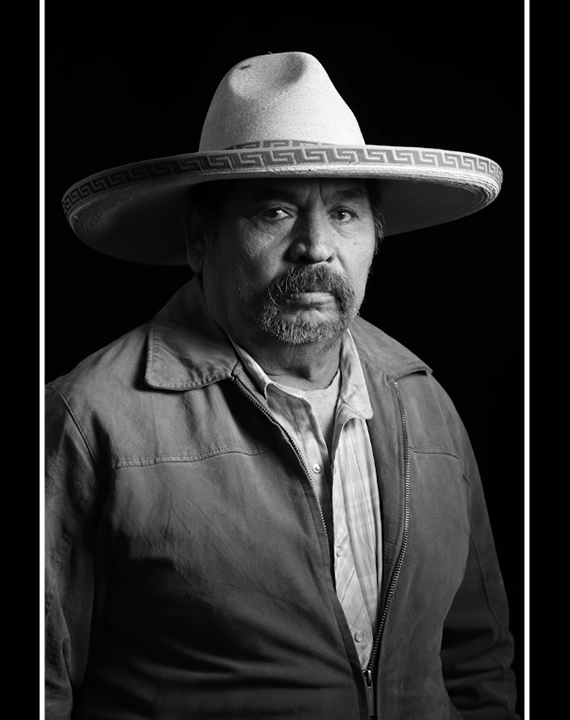
85mm
“Contrary to what you might believe, the 85 makes people look a little heavier, a little more bulky because it’s compressing everything so everything is a little larger.”
135mm and 200mm
Moving on to the telephoto end, Morgan uses a Tamron 70-200mm f/2.8 lens at 135mm and 200mm. Many photographers prefer to shoot portraits at the telephoto end as it lets them isolate the subject from the background. The bokeh becomes more prominent and its soft look makes the image very pleasing to look at.
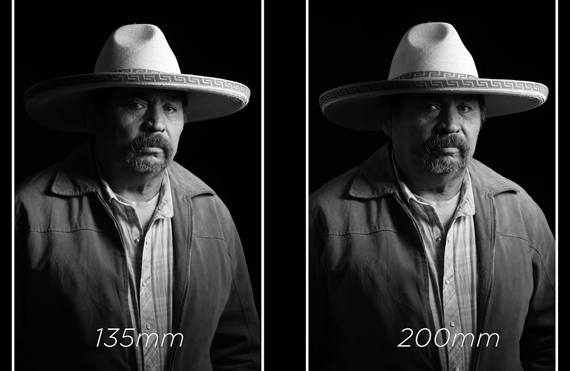
As in the case of the 85mm, the 135mm and the 200mm focal lengths compress the background bringing things in the distance much closer to the camera. This makes the subject’s face appear flatter and their shoulders wider.
Which Portrait Lens Should You Get?
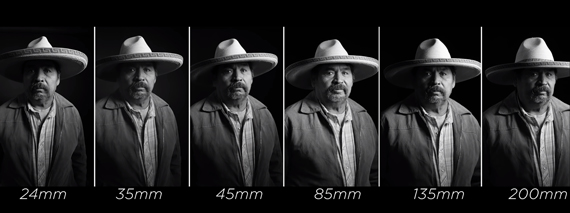
Well, there is no concrete answer to this. Have a look at the nature of the images that Morgan has captured, and decide for yourself. Which lens you should be using also depends on the context in which you’ll be using it. You might love the look of a 200mm lens, but if you need to use it indoors, the space might not be sufficient. So, do some thinking before you make your choice.
Go to full article: How to Choose a Portrait Lens
What are your thoughts on this article? Join the discussion on Facebook
PictureCorrect subscribers can also learn more today with our #1 bestseller: The Photography Tutorial eBook
The post How to Choose a Portrait Lens appeared first on PictureCorrect.
from PictureCorrect https://ift.tt/2tJIIMW
via IFTTT






0 kommenttia:
Lähetä kommentti